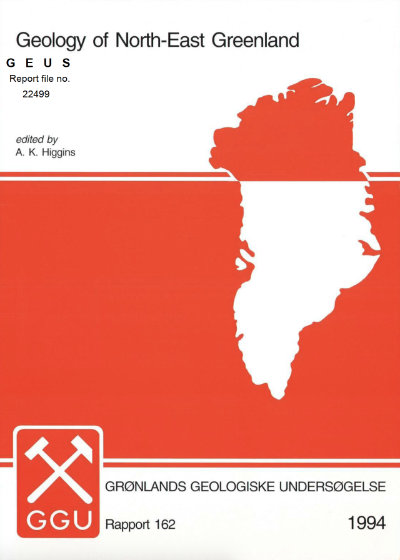Lead isotope signatures of mineralised rocks in the Caledonian fold belt of North-East Greenland
DOI:
https://doi.org/10.34194/rapggu.v162.8259Abstract
Lead isotope analyses of samples with small accumulations of metals and incompatible elements from the Precambrian gneisses of North-East Greenland indicate that mineralisation mostly involved remobilisation of metals from local host rocks. Source ages of Iead fall in three groups: (I) 1700–2400 Ma for Lower Proterozoic skarns, Caledonian sulphide-bearing pegmatites and quartz veins, and post-Jurassic pyrite-mineralised fault breccias; (2) 900–1000 Ma for Caledonian shear zones and Caledonian(?) skarns in Middle-Late Proterozoic rocks; and (3) ~400 Ma for Caledonian thrust zones with associated relative uranium enrichment along thrust planes.
Downloads
Published
Issue
Section
License
This article is distributed under a CC-BY 4.0 licence, permitting free redistribution and reproduction for any purpose, even commercial, provided proper citation of the original work. Author(s) retain copyright over the article contents.


